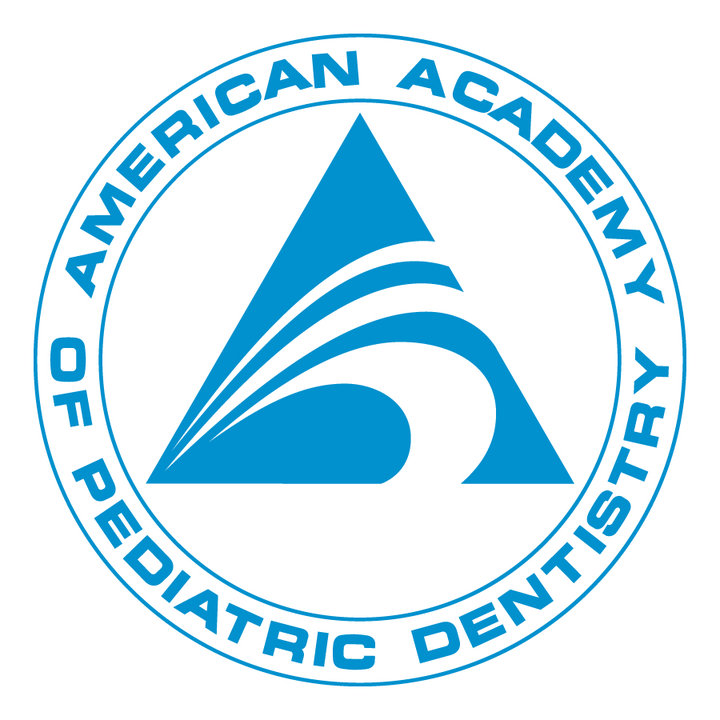At Pediatric Smiles, your child’s healthy, happy smile is our top priority! Our friendly team of pediatric dental experts provides exceptional care for infants, children, adolescents, and individuals with special needs. Located in Jacksonville, Florida, we offer comprehensive services, including cleanings, emergency treatments, orthodontics, and more. We are proud to have created a fun, nurturing environment where kids feel safe and cared for — because a positive dental experience leads to a lifetime of healthy smiles.






Our Dental Services
Don’t wait – book an appointment today with our team of dental experts and experience the difference in compassionate, kid-friendly care designed to keep your child smiling brightly for years to come!

A pediatric dentist completes an additional two to three years of specialized training after dental school, focusing on the oral health of children from infancy through their teenage years. Very young children, pre-teens, and teenagers all require different approaches to managing their behavior, guiding their dental growth and development, and preventing future dental problems. A practice specializing in pediatric dentistry, like Pediatric Smiles, is best qualified to meet these needs.
Our office, as well as the American Academy of Pediatric Dentistry, recommends that your child has a “first visit by the time they have their first tooth or their first birthday, whichever comes first.” You can make the first visit to the dentist enjoyable and stress-free. Your child should be informed of the visit and told that the dentist and their staff will explain all procedures and answer any questions. Keep it low-key and positive. It is best if you refrain from using words around your child that might cause unnecessary fear, such as needle, pull, drill, or hurt. During the appointment, we use words that convey the same message but are pleasant and non-frightening to your child.
It is very important to maintain the health of the primary teeth. Neglected cavities can and frequently do lead to problems which affect developing permanent teeth. Primary teeth, or baby teeth are important for (1) proper chewing and eating, (2) providing space for the permanent teeth and guiding them into the correct position, and (3) permitting normal development of the jaw bones and muscles. Primary teeth also affect the development of speech and add to an attractive appearance. While the front 4 teeth last until 6-7 years of age, the back teeth (cuspids and molars) aren’t replaced until age 10-13.
Radiographs (X-Rays) are a vital and necessary part of your child’s dental diagnostic process. Without them, certain dental conditions can and will be missed. Radiographs detect much more than cavities. For example, radiographs may be needed to survey erupting teeth, diagnose bone diseases, evaluate the results of an injury, or plan orthodontic treatment. Radiographs allow dentists to diagnose and treat health conditions that cannot be detected during a clinical examination. If dental problems are found and treated early, dental care is more comfortable for your child and more affordable for you. The American Academy of Pediatric Dentistry recommends radiographs and examinations every six months for children with a high risk of tooth decay.
On average, most pediatric dentists request radiographs approximately once a year. Approximately every 3 years it is a good idea to obtain a complete set of radiographs, either a panoramic and bitewings or periapicals and bitewings. Pediatric dentists are particularly careful to minimize the exposure of their patients to radiation. With contemporary safeguards, the amount of radiation received in a dental X-ray examination is extremely small. The risk is negligible. In fact, the dental radiographs represent a far smaller risk than an undetected and untreated dental problem. Lead body aprons and shields will protect your child. Today’s equipment filters out unnecessary x-rays and restricts the x-ray beam to the area of interest. High-speed film and proper shielding assure that your child receives a minimal amount of radiation exposure.
I’m impressed that my granddaughter gets excited when I tell her of upcoming dental appointments. Having an onsite orthodonrist is a plus. The referral to Dr Cecil White DDS for oral surgery was equally remarkable. Thank you Periatric Smiles for your service to the community at large.
Such an amazing experience and soooo friendly. My kids were so excited and can’t stop talking about how much fun they had. I love the friendly atmosphere and you can tell how great the staff gets along. Love this place.
Wonderful professional staff, was courteous and answered all of my (and my childs) questions. Got us in to be seen within a week of making the appointment. All around fantastic staff. Will not take my children anywhere else!
Pediatric Smiles
We firmly believe that the internet should be available and accessible to anyone, and are committed to providing a website that is accessible to the widest possible audience, regardless of circumstance and ability.
To fulfill this, we aim to adhere as strictly as possible to the World Wide Web Consortium’s (W3C) Web Content Accessibility Guidelines 2.1 (WCAG 2.1) at the AA level. These guidelines explain how to make web content accessible to people with a wide array of disabilities. Complying with those guidelines helps us ensure that the website is accessible to all people: blind people, people with motor impairments, visual impairment, cognitive disabilities, and more.
This website utilizes various technologies that are meant to make it as accessible as possible at all times. We utilize an accessibility interface that allows persons with specific disabilities to adjust the website’s UI (user interface) and design it to their personal needs.
Additionally, the website utilizes an AI-based application that runs in the background and optimizes its accessibility level constantly. This application remediates the website’s HTML, adapts Its functionality and behavior for screen-readers used by the blind users, and for keyboard functions used by individuals with motor impairments.
If you’ve found a malfunction or have ideas for improvement, we’ll be happy to hear from you. You can reach out to the website’s operators by using the following email
Our website implements the ARIA attributes (Accessible Rich Internet Applications) technique, alongside various different behavioral changes, to ensure blind users visiting with screen-readers are able to read, comprehend, and enjoy the website’s functions. As soon as a user with a screen-reader enters your site, they immediately receive a prompt to enter the Screen-Reader Profile so they can browse and operate your site effectively. Here’s how our website covers some of the most important screen-reader requirements, alongside console screenshots of code examples:
Screen-reader optimization: we run a background process that learns the website’s components from top to bottom, to ensure ongoing compliance even when updating the website. In this process, we provide screen-readers with meaningful data using the ARIA set of attributes. For example, we provide accurate form labels; descriptions for actionable icons (social media icons, search icons, cart icons, etc.); validation guidance for form inputs; element roles such as buttons, menus, modal dialogues (popups), and others. Additionally, the background process scans all the website’s images and provides an accurate and meaningful image-object-recognition-based description as an ALT (alternate text) tag for images that are not described. It will also extract texts that are embedded within the image, using an OCR (optical character recognition) technology. To turn on screen-reader adjustments at any time, users need only to press the Alt+1 keyboard combination. Screen-reader users also get automatic announcements to turn the Screen-reader mode on as soon as they enter the website.
These adjustments are compatible with all popular screen readers, including JAWS and NVDA.
Keyboard navigation optimization: The background process also adjusts the website’s HTML, and adds various behaviors using JavaScript code to make the website operable by the keyboard. This includes the ability to navigate the website using the Tab and Shift+Tab keys, operate dropdowns with the arrow keys, close them with Esc, trigger buttons and links using the Enter key, navigate between radio and checkbox elements using the arrow keys, and fill them in with the Spacebar or Enter key.Additionally, keyboard users will find quick-navigation and content-skip menus, available at any time by clicking Alt+1, or as the first elements of the site while navigating with the keyboard. The background process also handles triggered popups by moving the keyboard focus towards them as soon as they appear, and not allow the focus drift outside it.
Users can also use shortcuts such as “M” (menus), “H” (headings), “F” (forms), “B” (buttons), and “G” (graphics) to jump to specific elements.
We aim to support the widest array of browsers and assistive technologies as possible, so our users can choose the best fitting tools for them, with as few limitations as possible. Therefore, we have worked very hard to be able to support all major systems that comprise over 95% of the user market share including Google Chrome, Mozilla Firefox, Apple Safari, Opera and Microsoft Edge, JAWS and NVDA (screen readers).
Despite our very best efforts to allow anybody to adjust the website to their needs. There may still be pages or sections that are not fully accessible, are in the process of becoming accessible, or are lacking an adequate technological solution to make them accessible. Still, we are continually improving our accessibility, adding, updating and improving its options and features, and developing and adopting new technologies. All this is meant to reach the optimal level of accessibility, following technological advancements. For any assistance, please reach out to